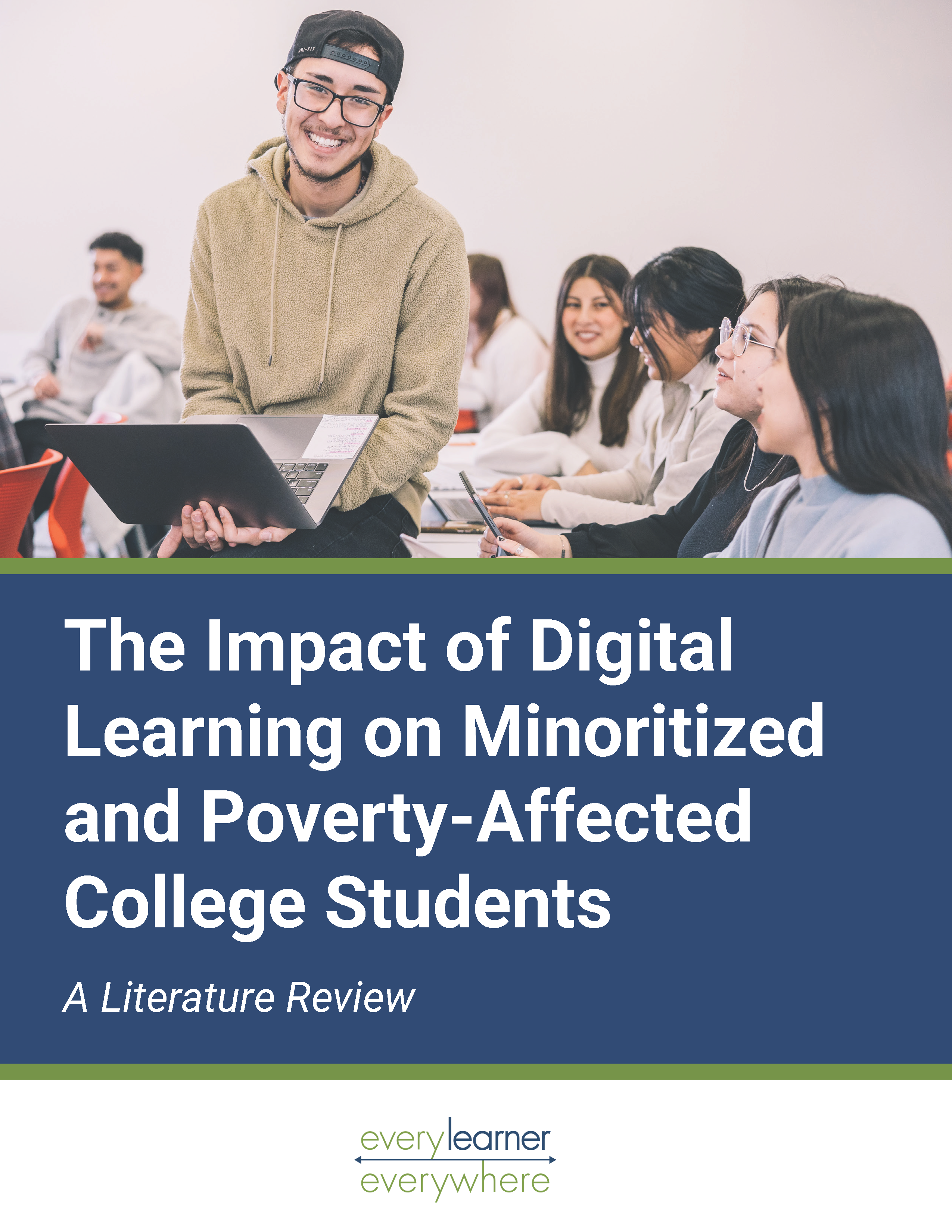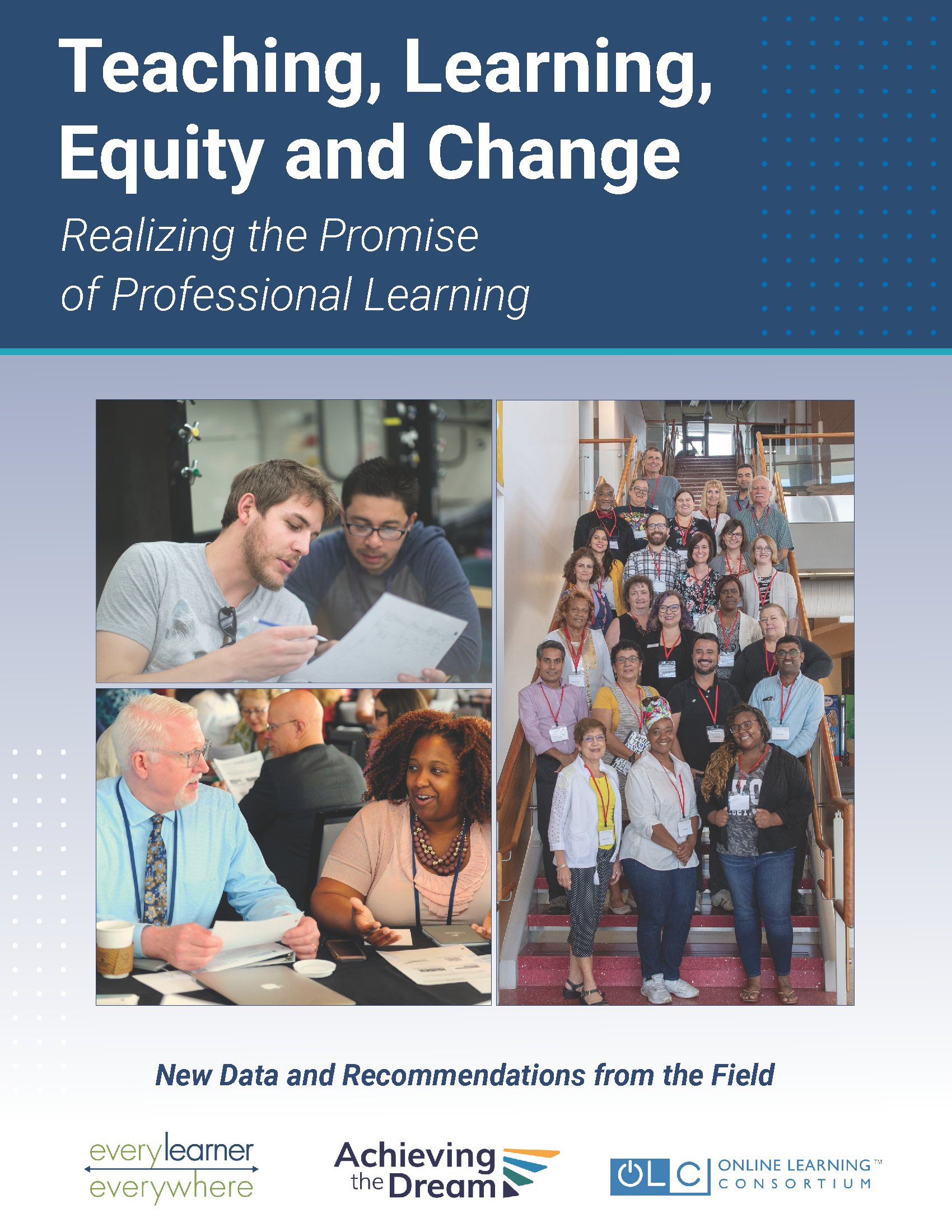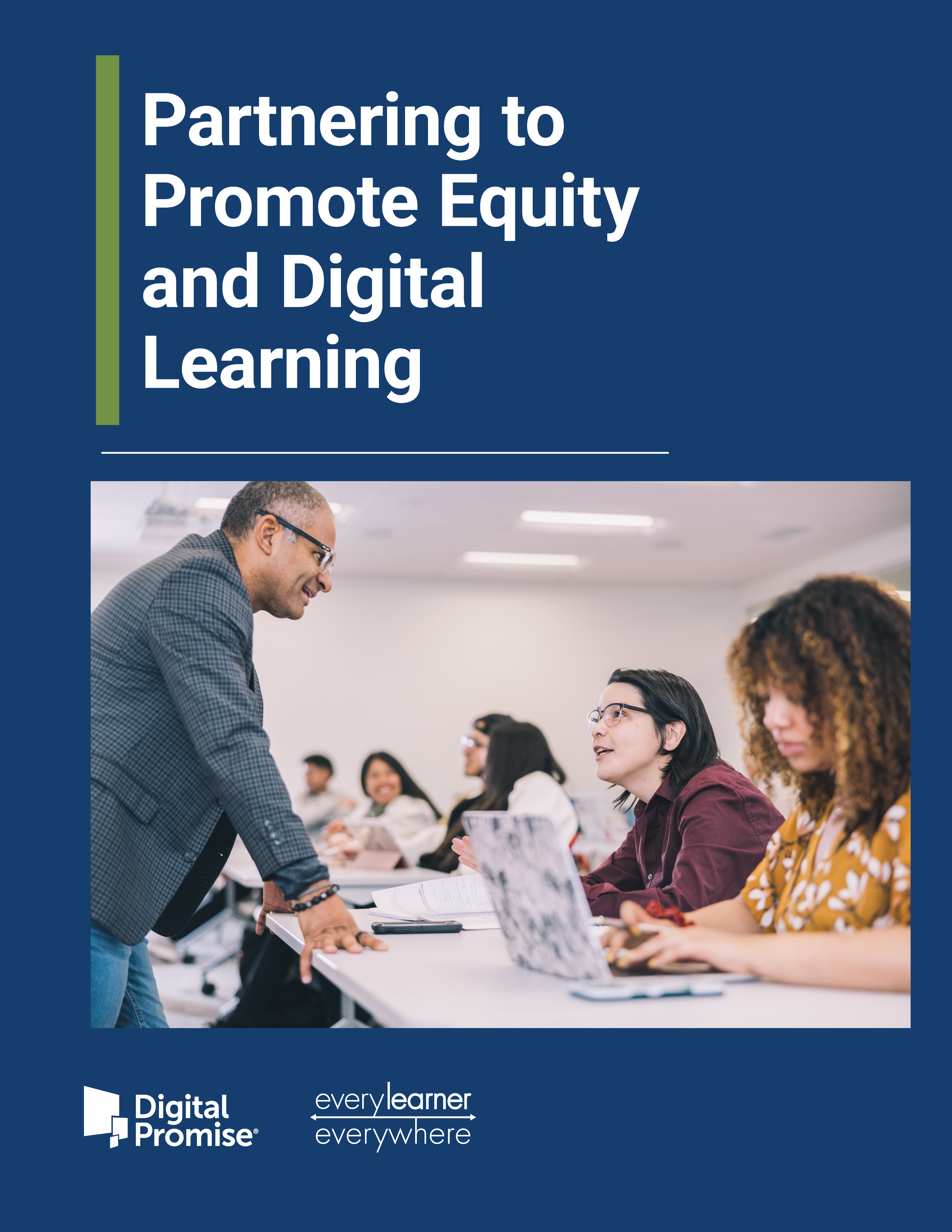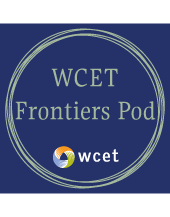June 5, 2020
WCET is committed to work that expands access to high-quality technology-enhanced educational opportunities to all students, especially students of color and students from other historically underserved communities.
WCET stands with our community against racist actions, incendiary statements, and violence against people of color.
We choose to be part of the solution rather than part of the problem.





